Sam Szafran (pronounced 1 [ˈʃa.fran]), pseudonym of Samuel Berger, born in Paris on November 19, 1934 and died in Malakoff on September 14, 20192, is a French painter. The eldest son of Polish Jewish immigrant parents, Samuel Berger spent the first years of his childhood in the Les Halles district of Paris. He lives at 158, rue Saint-Martin in the 3rd arrondissement of Paris3. During the Second World War, he escaped being rounded up at the Vélodrome d'Hiver and first hid with peasants in Loiret4, then in Espalion (Aveyron), in a family of Spanish Republicans5. At the age of ten, he was briefly interned at the Drancy camp from where he was liberated by the Americans after the Germans fled on August 184. While his father and a large part of his family had been massacred in the Nazi camps6, he was sent in 1944 by the Red Cross to Winterthur in Switzerland5, where he was welcomed by the Halberstadt family. In 1947, he embarked in Marseilles with his mother and his sister for Melbourne in Australia, where they were welcomed by a maternal uncle5. Training On his return to France in 1951, totally self-taught, he took a few evening drawing classes in the schools of the City of Paris5 and led a particularly coarse and precarious existence. Between 1953 and 1958, he attended the Grande-Chaumière Academy in Paris, where Henri Goetz taught. In Saint-Germain-des-Prés and Montparnasse, he met Ipoustéguy, Orlando Pelayo, Jacques Delahaye, Nicolas de Staël, Jean Paul Riopelle, Joan Mitchell, Yves Klein, Jean Tinguely, Roseline Granet and many others. . He discovers the collages of Kurt Schwitters, the materialologies and texturologies of Jean Dubuffet, Hantaï and Bernard Réquichot. He then produced his first abstract works and first collages5. Szafran then returns to figuration. He produced a first series of Choux (1958-1965)7. In 1960, a box of pastels offered him an important twist in his work, pastel becoming his favorite practice5. Alberto Giacometti, whom he met in 1964 unofficially became his master. In 1964, the artist entered the Claude Bernard gallery in Paris. The collector Jacques Kerchache organizes his first personal exhibition in 19658. Subsequently, his work will focus on a few themes: Workshops (1969-1970), Printing (1972), Stairs (from 1974). Szafran joined for a time Fernando Arrabal, Roland Topor and the group Panique in 1972. On the occasion of the exhibition “60-72. Twelve years of contemporary art in France” at the Grand Palais, he formed a deep fraternal friendship with Henri Cartier-Bresson, of whom he was for a time the drawing master5. In 1977 and 1978, he produced his first large watercolors, variations on his favorite themes: Workshops, Greenhouses and Stairs. It is on these same themes as well as on that of the Cities, that he begins, around 1987, to combine pastel and watercolour, dry and wet. From 1999, he tackled certain large Urban Landscapes. In 1999 and 2001, two retrospectives were organized: the first at the Gianadda Foundation in Martigny in Valais (Switzerland)9,10, then, the first presented in Paris, “L’Atelier dans l’atelier” at the Museum of Romantic Life11 . In 2004 and 2005, he worked with the Catalan ceramist Joan Gardy Artigas for the realization of the two monumental sets Escalier and Philodendrons, intended for the Szafran Pavilion at the Gianadda Foundation, which was called in 200612. Two other major retrospectives will follow: “Sam Szafran – drawings, pastels and watercolors” at the Max Ernst Museum in Brühl13, near Cologne in Germany (2010-2011) and “Fifty years of painting” at the Gianadda Foundation (2013)14. For the first time, he unveils his very large formats. After his disappearance, the Musée de l'Orangerie is presenting a major retrospective Obsessions d'un painter, from September 28, 2022 to January 16, 2023, which has had considerable success with 330,000 visitors [ref. necessary]. The Szafran Pavilion in Martigny, Switzerland In 2015, the Sam Szafran Room was integrated into the Szafran Pavilion of the Pierre Gianadda Foundation in Martigny. It is the only permanent museum tribute to the artist in Europe, decided by Léonard Gianadda The room is significantly enriched in 2021 and now permanently displays 12 important paintings, works on paper, a table of Roché pastels, etc.



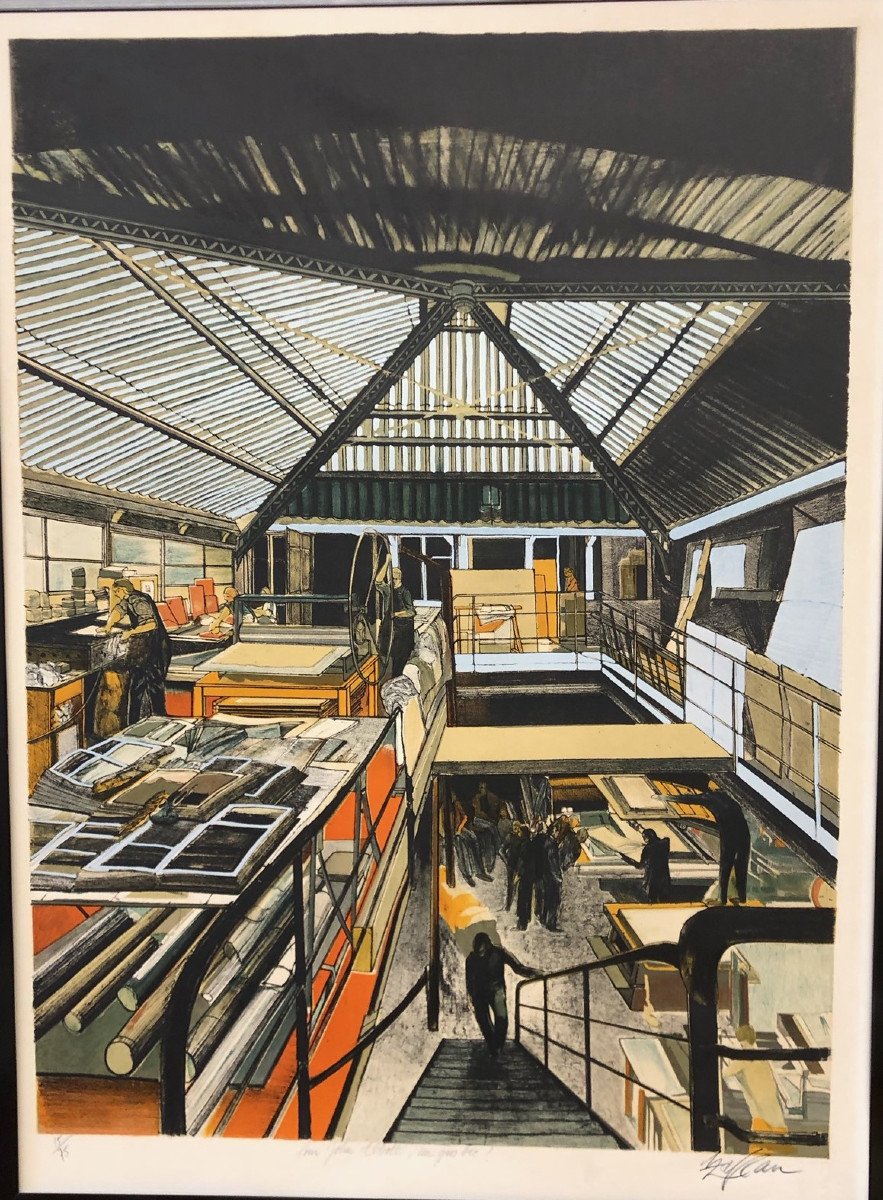
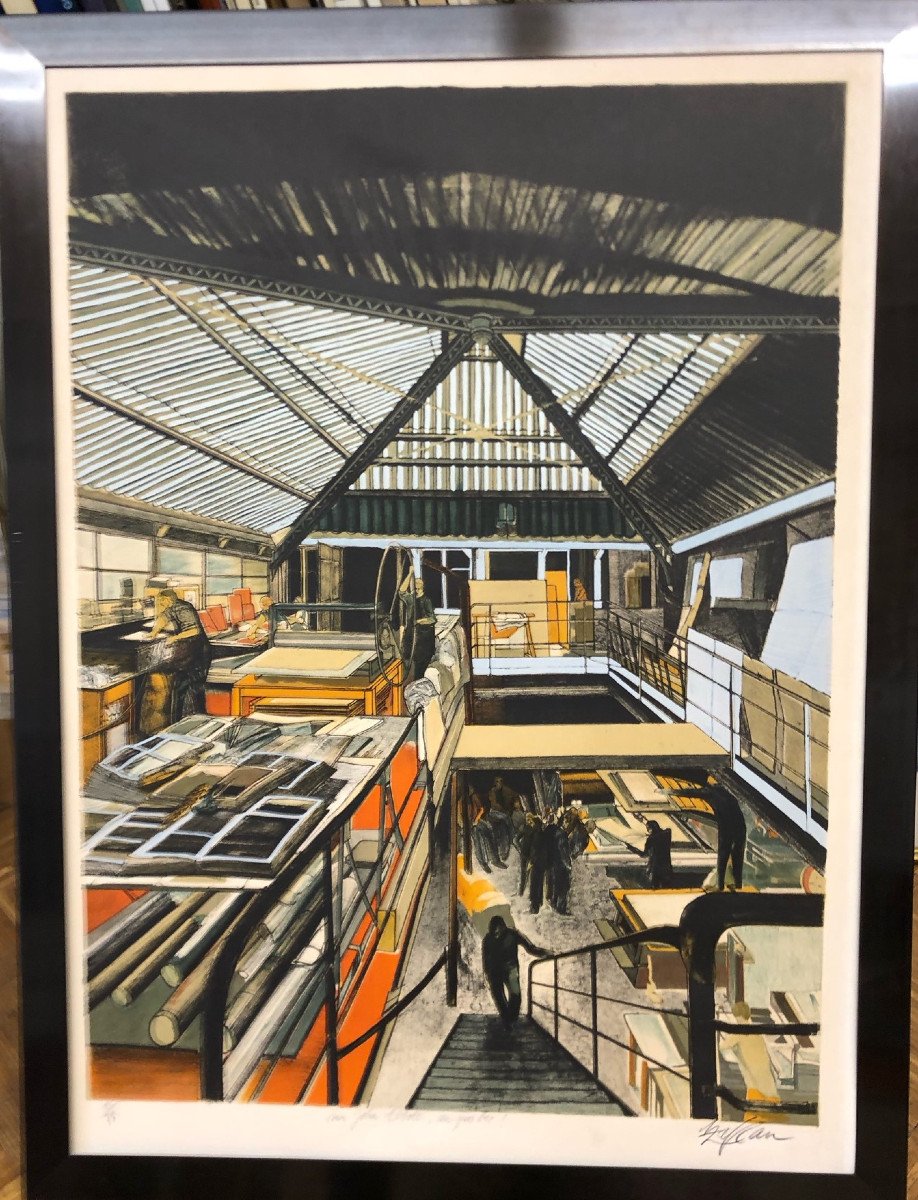
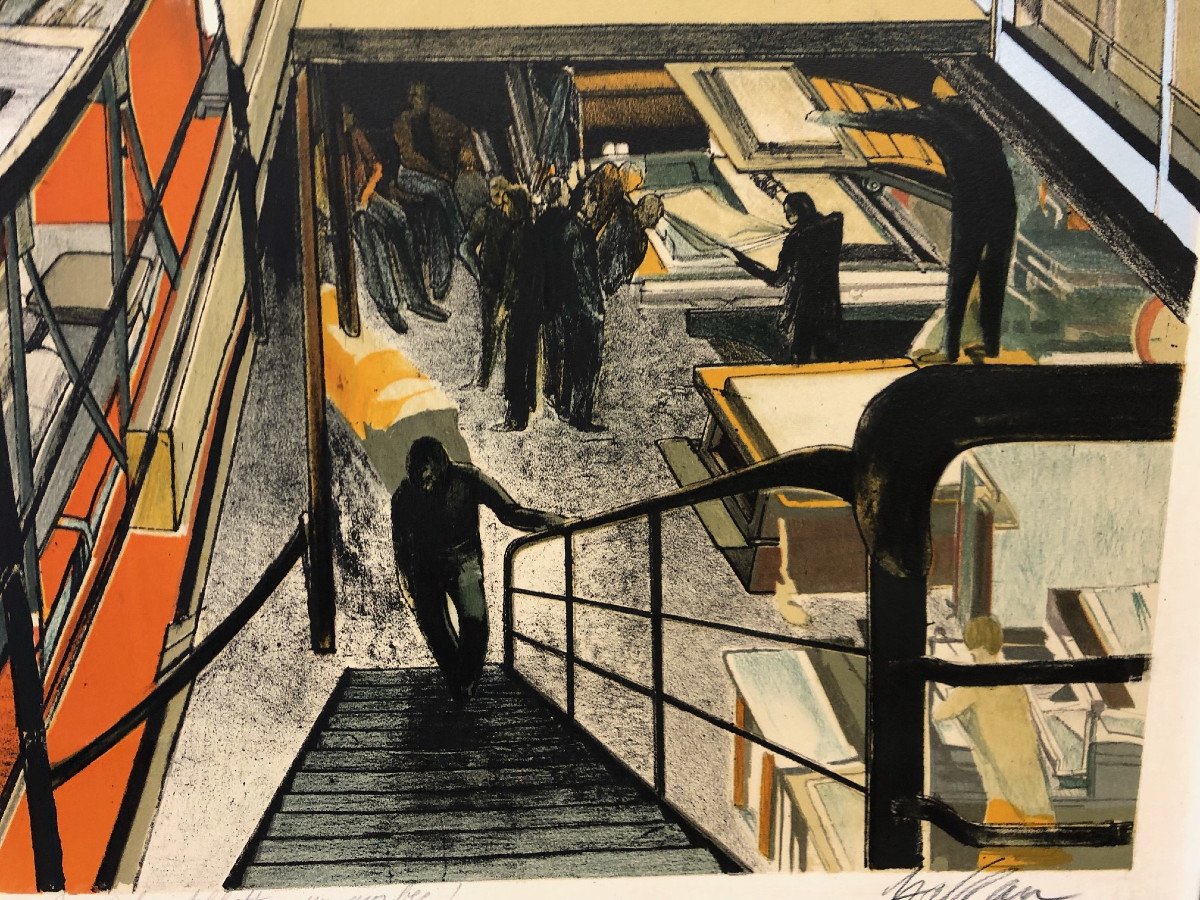


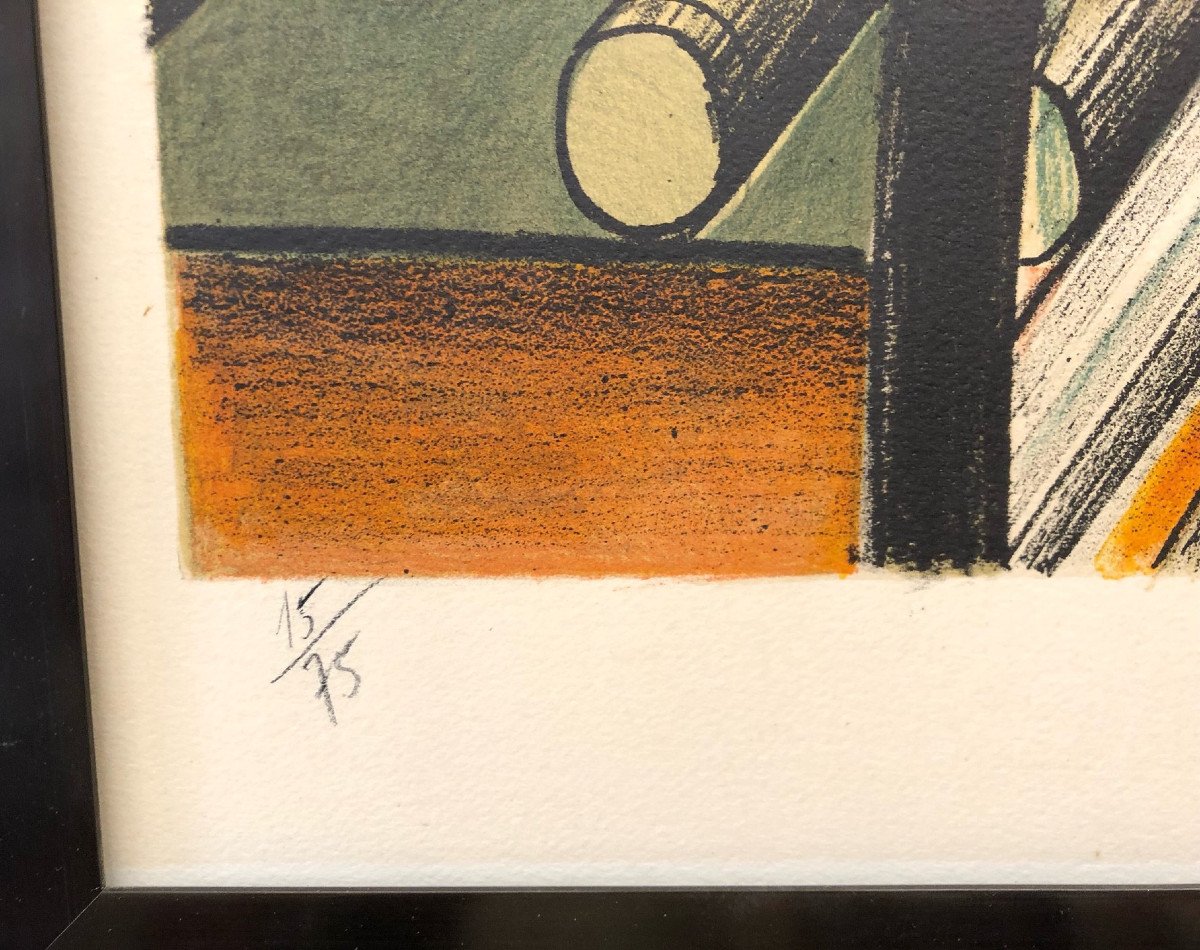

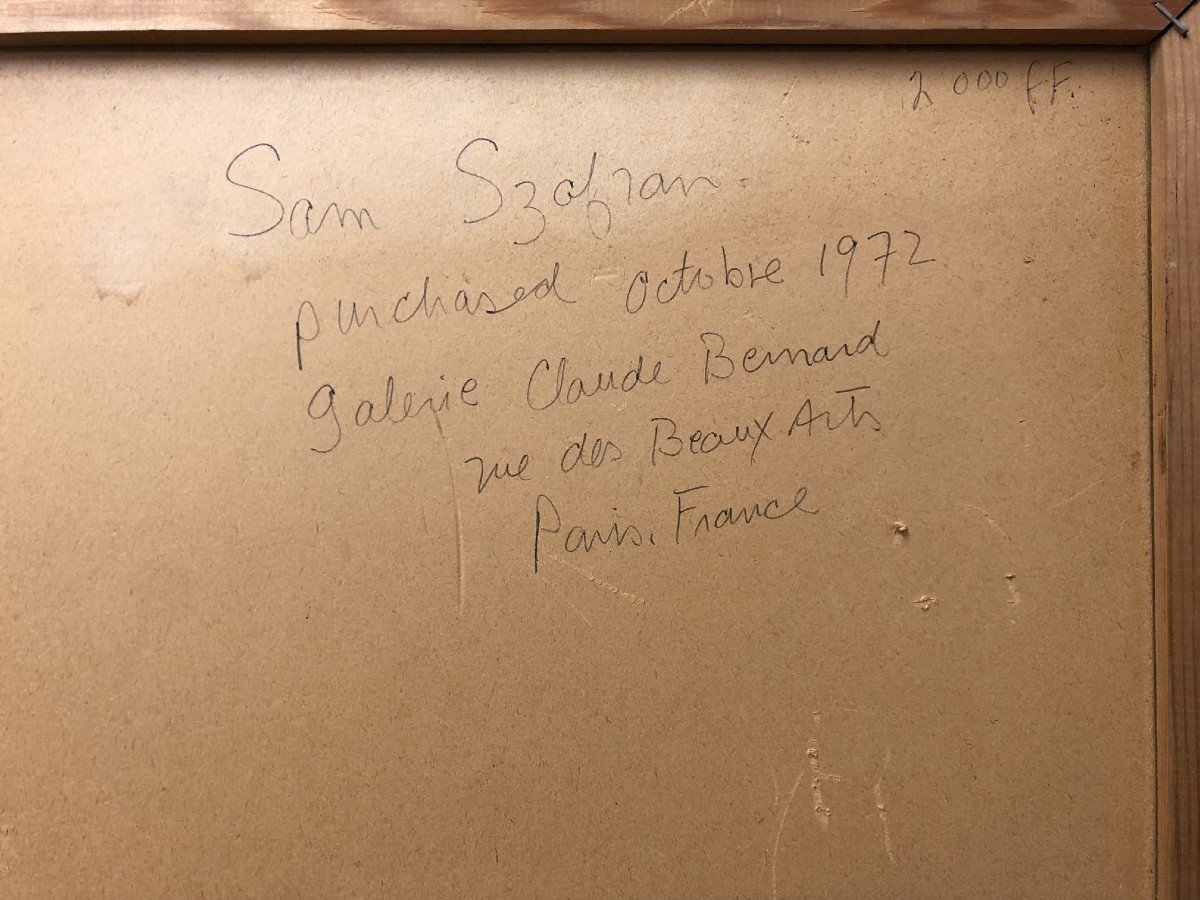
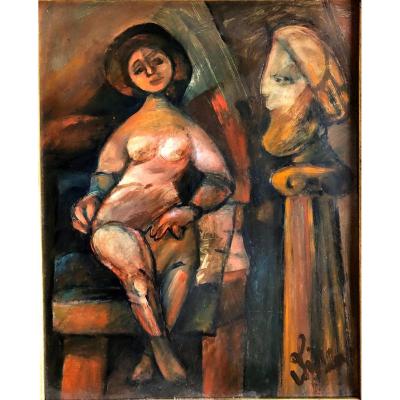





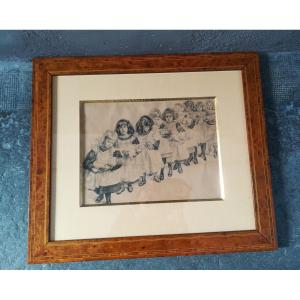
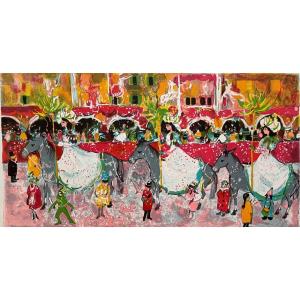







 Le Magazine de PROANTIC
Le Magazine de PROANTIC TRÉSORS Magazine
TRÉSORS Magazine Rivista Artiquariato
Rivista Artiquariato
